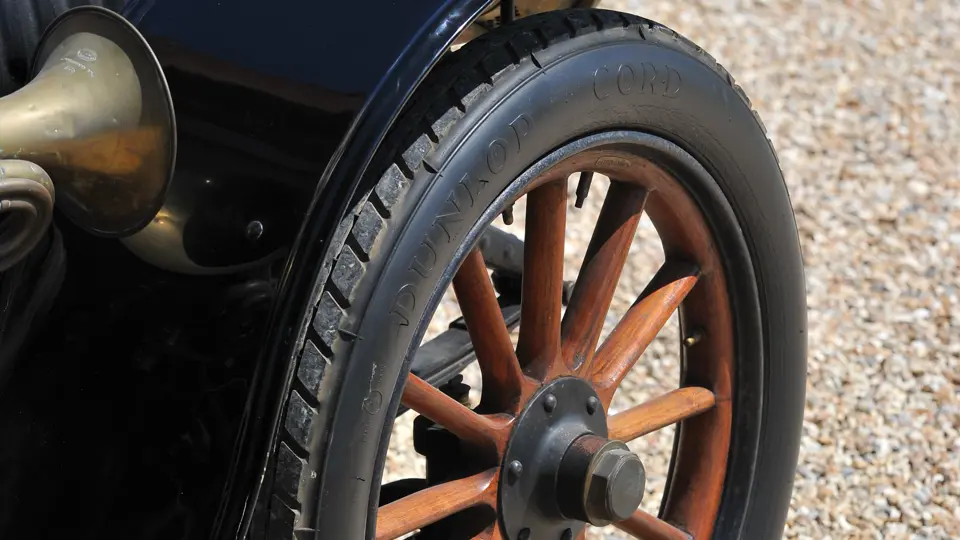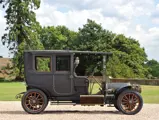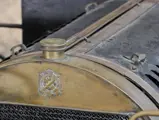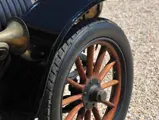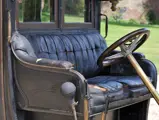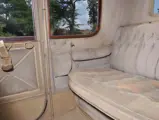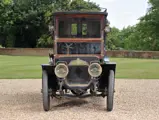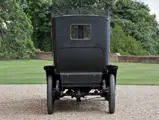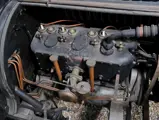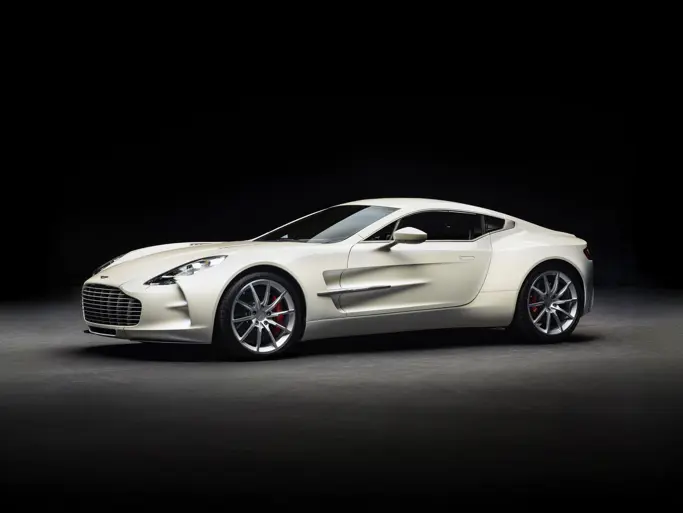16 CV, 3,119 cc side-valve inline four-cylinder engine, four-speed manual gearbox, solid front axle with semi-elliptic leaf springs, live rear axle with three-quarter elliptic leaf springs, and two-wheel mechanical brakes. Wheelbase: 2,895 mm
The Hotchkiss automobile might be considered the original American in Paris. The Hotchkiss brothers, Andrew and Benjamin, were Connecticut manufacturers of ironmongery who went into armaments during the American Civil War. At war’s end, like their cannon-making colleagues, they were in want of business. As peace seemed more or less permanent in their native land, Benjamin Hotchkiss decamped to France, taking his company with him. He developed the revolving cannon in 1872 and set up works at the Route de Gonesse, Saint Denis, in Paris. His death in 1875 did not deter the firm. British investors and skilled machinists fostered the development of special steels and precision manufacture just in time for the burgeoning French motor industry.
The first Hotchkiss automobiles went to local retailers. In 1902, taking a Mercedes Simplex as a pattern, Hotchkiss produced the Type C, using ball bearings where Daimler’s Mercedes used sleeves. A full range of cars was soon filled out by Georges Terrasse, who was recruited from Mors. The Type D was a refinement of the Type C, and the 1905 year brought the four-cylinder, 4,728-cubic centimetre Type F, which was followed by the J and JJ in 1906. The 1907 year brought a flurry of models: Types L, M, O, R, and T. Types O and R were 30 and 35 CV, respectively. The T, built into 1911, was the smallest of the lot, at 3,119 cubic centimetres and 16 CV. All of them were adorned with the Hotchkiss badge, on which crossed cannon barrels paid homage to the company’s armaments heritage.
This handsome Hotchkiss is a veritable time warp treasure. It is virtually original both in and out, and it carries the family monogram on its doors. We are told that it is believed to have been a royal car, but it was later sold to a M. Jose Lesur in France and then to a Mr J.F. Jonker in the United States. The current owner’s grandfather imported it from the U.S. for the family collection.
It bears a most satisfying patina, and whilst the paint has bubbled in some places and cracked in many, it is not loose or flaking. The wings have a good shine and may have been refinished at some point. The driver’s seat is of black leather, which is in generally good condition. The passenger compartment is of grey cloth, and whilst clearly very old, it does not exhibit any tears or staining. Brass door sills carry the coachbuilder’s inscription. The engine has seen considerable use and is not detailed, but it is generally clean and shows appropriate accoutrements. The undercarriage is similarly attired. It should be noted that as this car has been on museum display, it will require further sorting prior to any extensive use.
Little is known of Eugène Boulogne et Fils. The firm operated from 1900 to 1930 on rue de Courselles in the motor industry district of Levallois-Perret, Seine, and it is reported to have built some “striking open cars”, including a Hispano-Suiza Torpedo and a boat-tailed Panhard 20 CV. This is their only known work on a Hotchkiss chassis. Type Ts are comparatively rare, as fewer than 400 of them were built over the model’s lifetime, and this car is even rarer still because of its survivor status.
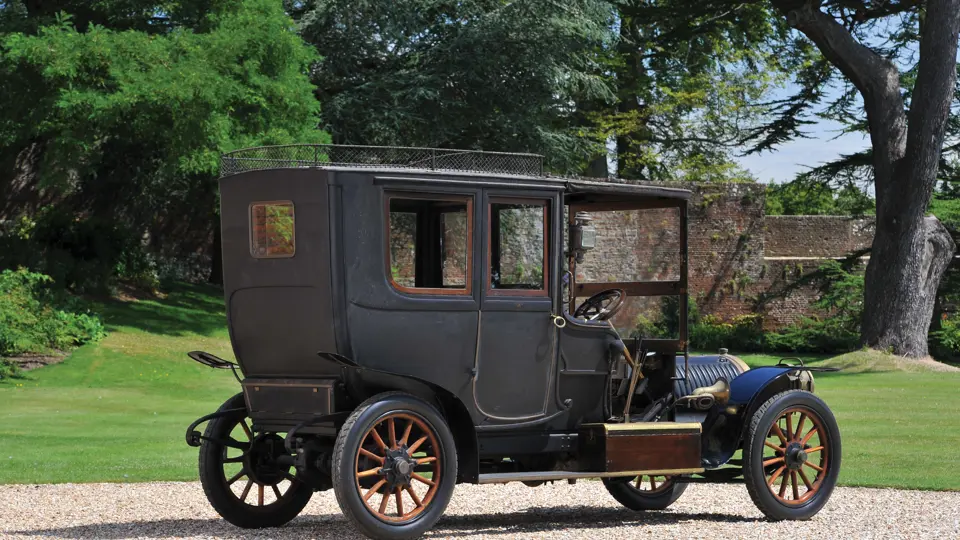



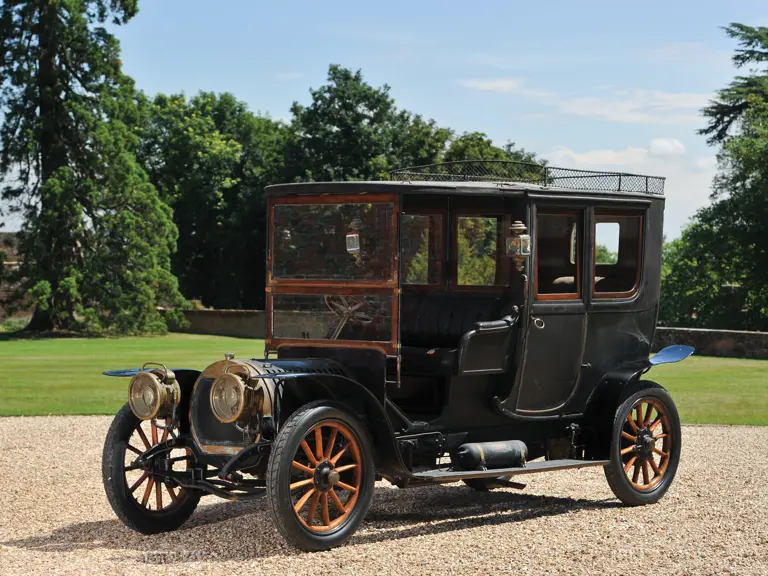

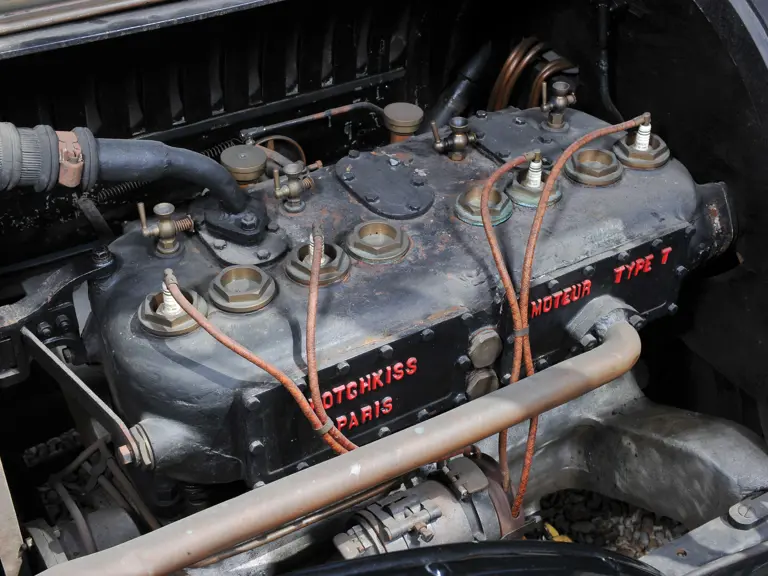
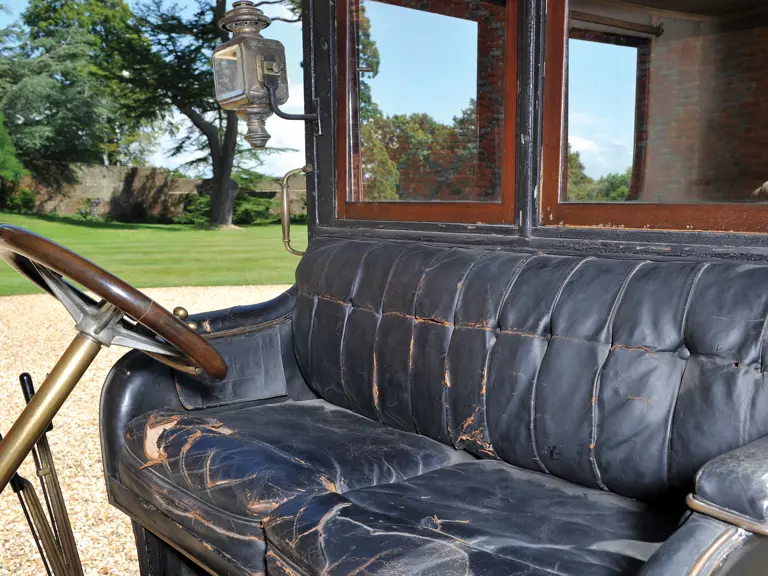
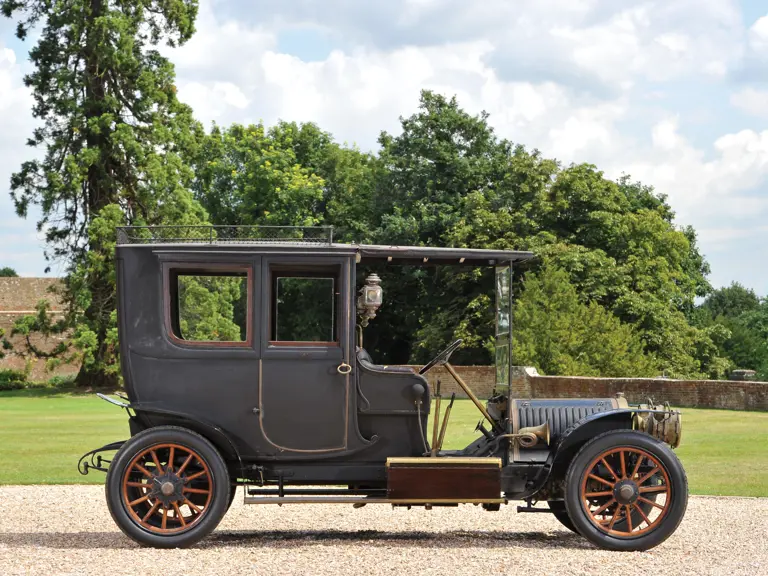
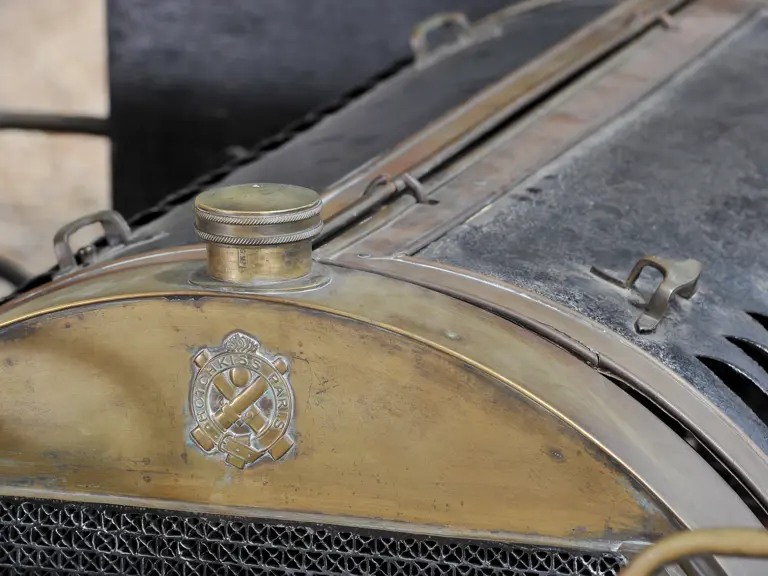

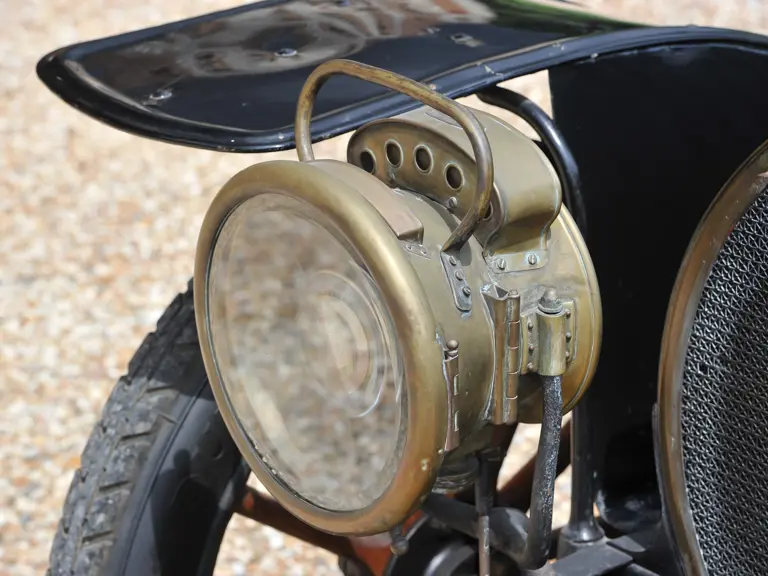
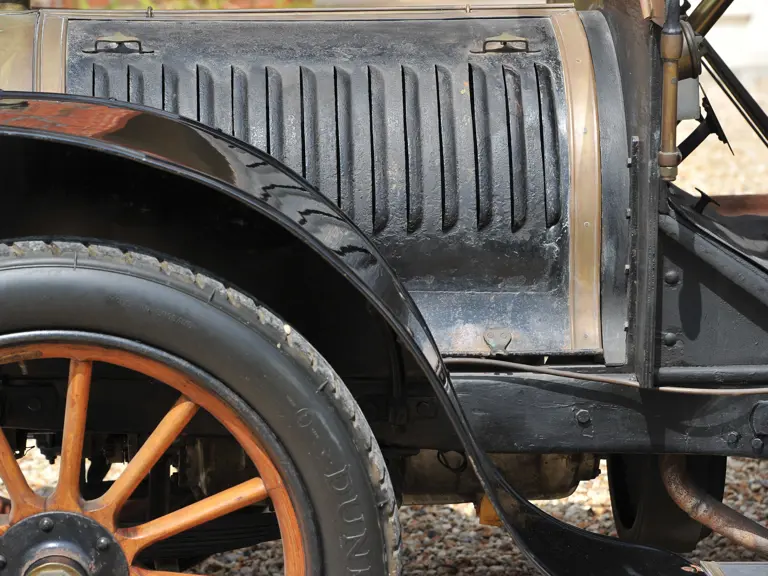
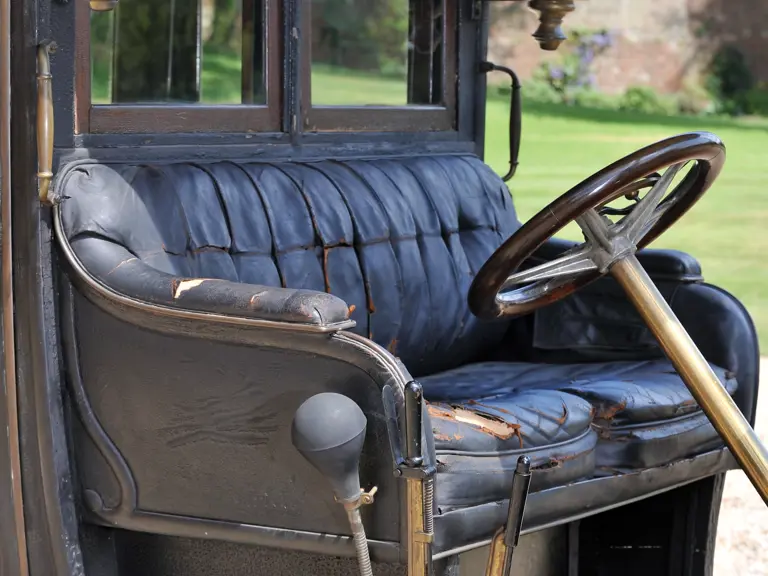

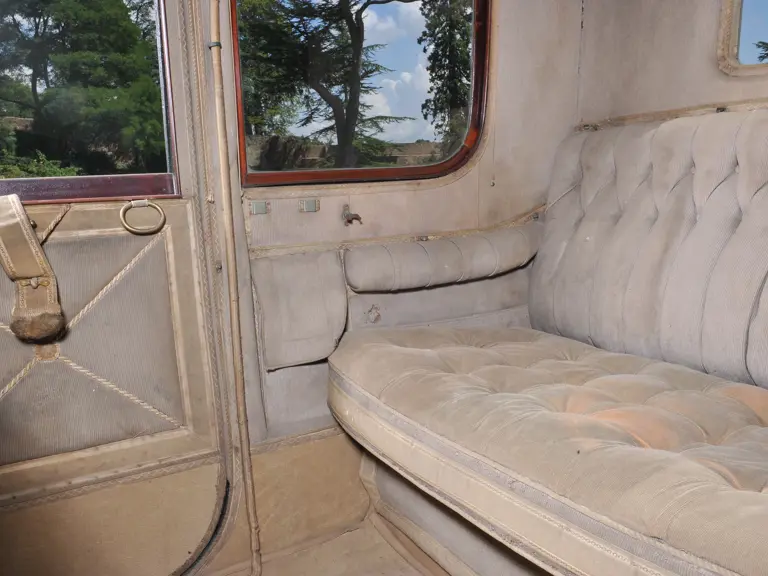
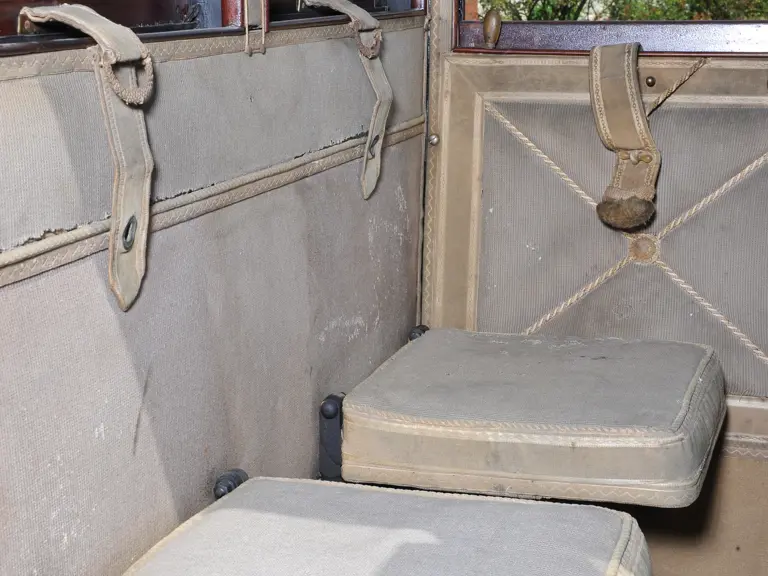
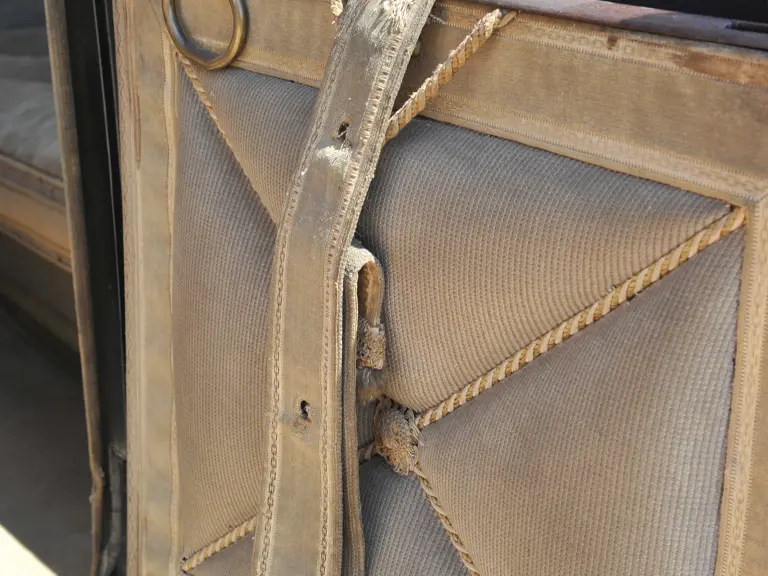
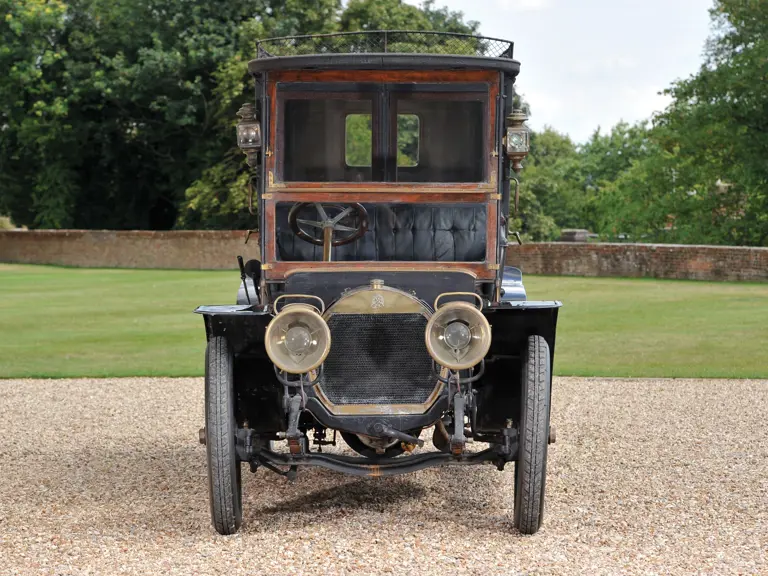

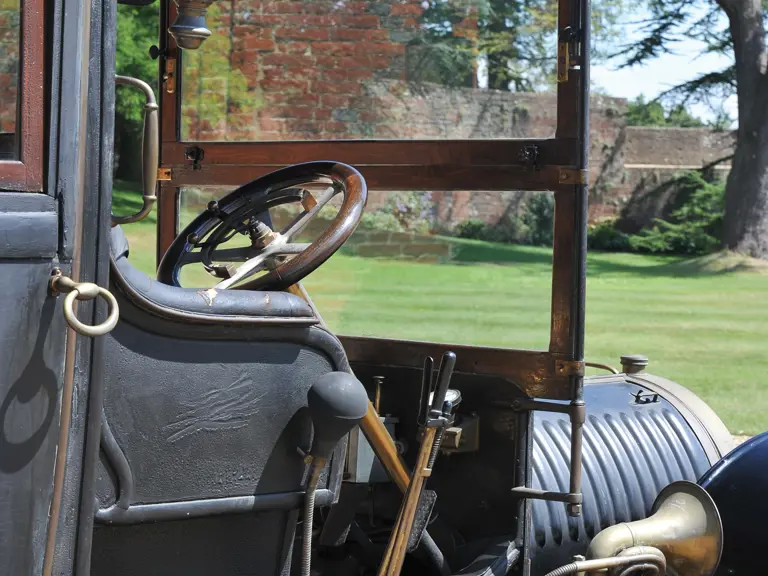
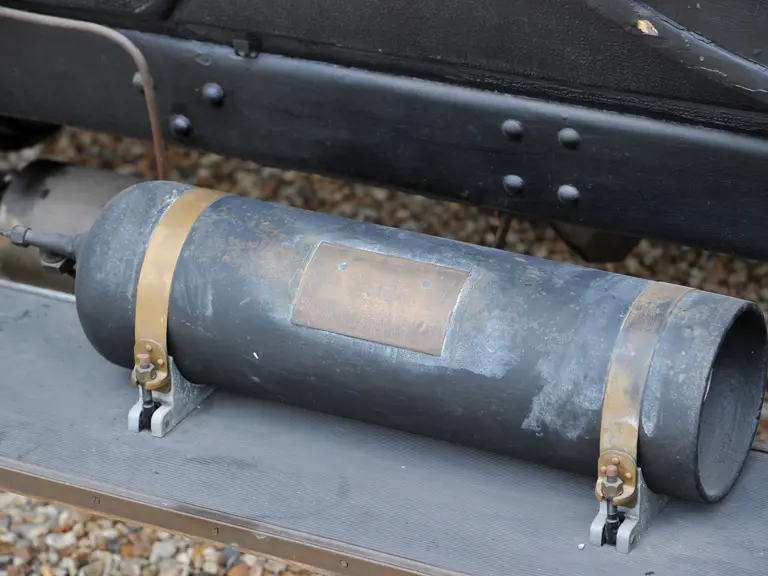
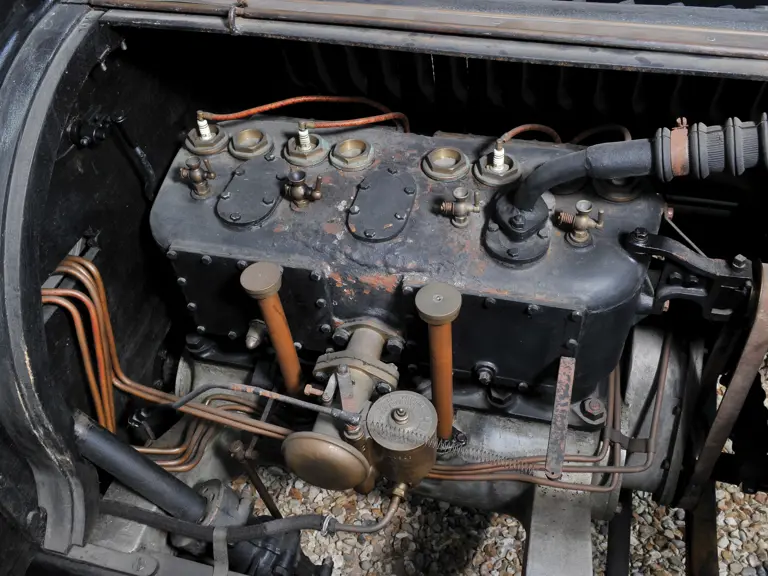

 | London, United Kingdom
| London, United Kingdom


